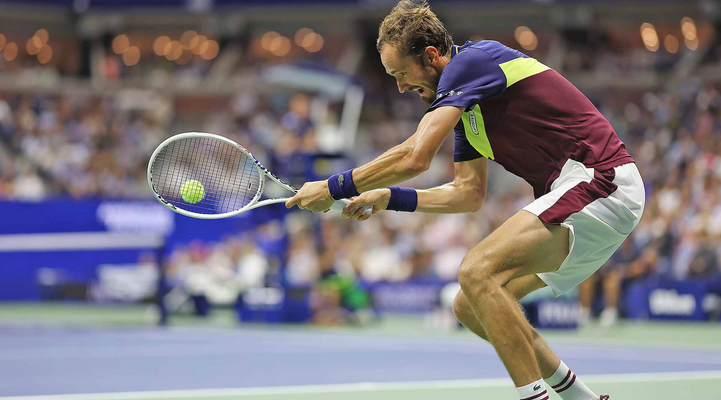JACKIE BOHANNON
Guest Columunist
tennis@lbknews.com
I hurt my shoulder when playing in a match, so I resulted to dropping the ball and
You and your opponent were both correct essentially, but there was a critical piece of information you were missing. Many people serve underhand for a variety of reasons: sun in the eyes, shoulder injuries, bad serving day, or new to the sport. However, while you can serve underhand you cannot let the ball bounce. All of the same rules apply to the underhand serve as the “normal” overhand serve. You have to hit it out of the air, you can’t foot fault, and you still have to hit it into the correct service box. I have seen many players develop a good underhand serve for a variety of reasons and still play at a high level of recreational tennis. You’ll even see the pros throw in a trick underhand serve here and there. (Nick Kyrgios is infamous for this.)
I was playing a doubles match, and every time my partner served our opponents would slam the ball at me at the net. I backed up to the service line, but I still couldn’t return it. I have OK volleys generally, but against them we lost all of our service games. Any advice?
This can happen mainly for two reasons. One, if your opponents have strong ground strokes, or two, your partner has a weak serve. Worst case scenario is when your partner has a weak serve, and your opponents have great groundstrokes! The first step is to try to get your partner to get their first serve in, and if possible diversify their targets so your opponents don’t know what is coming. I often suggest it is better to make your first serve even if you slow down your power, then constantly giving your opponent a second serve.
However, the easiest and most simple solution to this scenario is for you to back up to the baseline. Playing both back is both the safest and most defensive position. If you are getting attacked at the net BACK UP! Players play both back for a multitude of reasons: their opponents are attacking them at the net, the player’s groundstrokes are much stronger than their volleys, it mixes up the formation against the opponent, etc. If you are playing and getting attacked at the net, this strategy also gives you more time. The most important strategy in recreational tennis is to be consistent, and make your opponent play as many balls as possible, so at least by backing up you are giving yourself a chance to make them hit one more ball!
Jackie Bohannon is the Director of Tennis at the Bird Key Yacht Club.
